Learn Spanish in Costa Rica
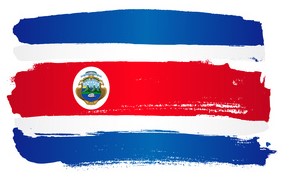
Costa Rica - the "Rich Coast" - in Central America borders Nicaragua to the north and Panama to the south and is a narrow strip of land just over 100 kilometers long between the Caribbean Sea and the Pacific Ocean. The country is home to an almost limitless variety of creatures, plants and landscapes. Costa Rica has been considered a stable democracy since the 1950s and is often referred to as the Switzerland of Central America due to its persistent and actively unarmed, neutral form. Since then, the number of inhabitants has exploded from less than one million to almost five million, yet compared to other Latin American countries, there is no extreme poverty. Costa Rica's economy is based primarily on tourism and agriculture. The cheerful and hospitable inhabitants of the peninsula are known colloquially as "Ticos" and "Ticas". Studies and surveys have shown that Costa Ricans are the happiest people in the world - that alone is reason enough to plan a language study trip to Costa Rica!

If you are looking for a peaceful environment to learn Spanish, Costa Rica is the perfect destination for your language study trip. Adventurous jungles with colorful parrots and cheerfully chattering monkeys, impressive volcanoes, beautiful beaches and vibrant cities: Costa Rica combines all of this in an area of only around 51,100 square kilometers.
¡pura vida!: This exclamation is heard again and again in Costa Rica and means "pure life". It perfectly describes the motto of the inhabitants: prudence, respect and joy, mindfulness towards nature and people, peace and happiness! Is there a better environment for a language school to learn Spanish?
Country, regions and cities
The language schools in Costa Rica are mainly located in cities along the coast or in the capital San José in the interior of the country. There are also a few language schools in the slightly higher regions in smaller towns in the countryside. Due to the denser population on the western Pacific coast, the number of language schools there is significantly greater than on the eastern Caribbean coast. However, the sea is also practically within reach from San José inland. After a short drive of 50 to 60 kilometers to the east or west, you can see either the Pacific or the Caribbean Sea. The beaches in Costa Rica are generally known for their cleanliness and beauty. Bays with white or black sand invite you to relax and soak up the sun.
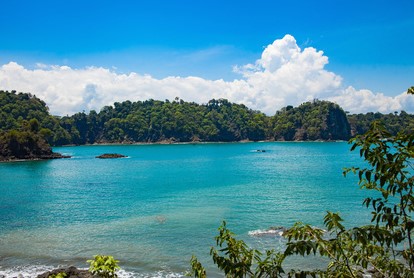
Itinerary
Scheduled flights are offered daily from Europe. Some inexpensive flight offers include a stopover or a short stopover within Europe or overseas (mainly in the USA, the Caribbean or Panama). If you would like to combine your language study trip to Costa Rica with a longer journey through various Central American countries, you can travel from one country to the next by bus for an affordable fare. Costa Rica can also be reached by sea, but this route is less popular due to the high costs. Cruise routes through the Caribbean often include a day's stay in a Costa Rican port city.
Climate and weather in Costa Rica

The tropical climate in Costa Rica only has small temperature fluctuations throughout the year. Due to the Cordillera mountain range, there are significant differences between the microclimates of the Caribbean and Pacific coasts. Tropical downpours fall in the afternoons between May and November. Towards the end of this rainy season - in September and October - the rainfall increases. The climate on the Caribbean coast is generally humid, with 3,500 mm of rainfall per year. March and April are generally considered to be sunny months. July is often gloomy and cloudy. Maximum temperatures average 26°C during the day and 20°C at night. In the northern regions of Costa Rica, temperatures vary greatly depending on the altitude and the thermometer often shows a cool 10°C at higher altitudes. The northern section of the Pacific coast is known for hot days with temperatures of up to 40°C.
Spanish schools in Costa Rica
Renowned language schools - both along the coast and inland - offer a wide range of Spanish courses for travelers. Most language schools are located in the agglomeration of the capital San José. There is also a relatively wide range of courses on the Pacific coast. The different framework conditions of the individual language travel providers in Costa Rica cover a wide range of needs and are aimed at different target and interest groups. Courses for 30+, 50+ or even for children enrich the range of courses on offer. Most offers include 20 lessons per week. For fans of water sports, there are language schools along the two coastlines. Sports activities such as diving or surfing are very popular here and fill the free time of many sports-loving language travelers.
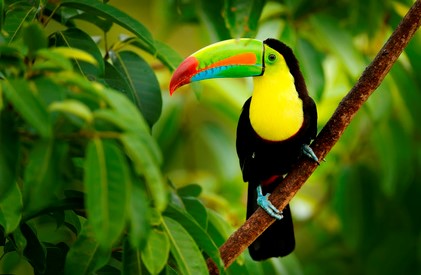
If you are looking for quiet spots in the great outdoors or jungle adventures, there are various Spanish schools in beautiful rural areas. Costa Rica is known as a paradisiacal setting for numerous outdoor activities such as rock climbing, horseback riding, trekking, bungee jumping, kayaking, rafting, zipline, biking and other adventures. Half-day language courses allow adventurous Spanish students to enjoy a varied language study trip: study in the morning and experience unforgettable activities in the afternoon.
Entry requirements
When entering Costa Rica, it is important that your passport is not too worn out and is still valid for at least 180 days. Otherwise, your language study trip to Costa Rica may fall through, as entry may be refused. If the language study trip in Costa Rica lasts longer than 30 days, a visa must be applied for from the immigration authorities (Dirección General de Migración y Extranjería) or the embassy. The residence permit can also be applied for after entering Costa Rica at the Department of Immigration for a fee of 200 US dollars. In the case of a stopover or transit in the USA, the local entry regulations apply and therefore a visa is sometimes required.
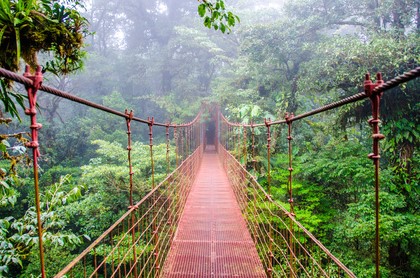
Security
Crime has increased in Costa Rica in recent years. Travelers are therefore advised to exercise caution. Costa Rica is an area with an increased risk of earthquakes and volcanic eruptions can occur at any time. Heavy showers or hurricanes during the rainy season can cause earthquakes and flooding.
Costs
Anyone planning a language study trip generally has to dig relatively deep into their pockets. Language courses, accommodation and local leisure activities quickly add up to a large sum. If you are planning a language study trip to the other side of the world - Costa Rica, for example - you will also have to reckon with relatively high travel costs.
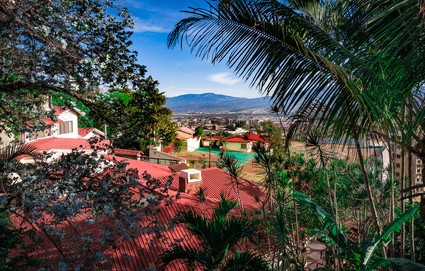
Normal standard courses in manageable classes with around 20 lessons per week cost between 250 and 350 francs in Costa Rica. Of course, individual lessons are much more expensive. This amount does not include accommodation, meals, travel to and from school, school materials, leisure activities and transportation within Costa Rica. The cost of living in Costa Rica is well above average compared to other countries in Central America. Supermarket prices in Costa Rica are slightly lower than in Switzerland, but nowhere near as cheap as in other Latin American countries. A typical meal in a restaurant costs around five to eight francs, a cocktail four to six francs. Sports activities such as horse riding cost almost as much as in Switzerland. If you are frugal with your money, mostly cook for yourself, don't go out partying much and occasionally take part in activities, you can expect to spend around 40 francs a day in Costa Rica - in addition to the cost of your Spanish course.
